Grocery List Ideas: How to Get Everything You Need and Save

Even though it’s something most of us do weekly, getting groceries can be an overwhelming experience. Supermarkets are stocked with endless variety, which can put you in decision paralysis as soon as you walk through the door. On top of that, things have gotten much more expensive, and that means spending extra time finding the best deals. Your stress levels might skyrocket when you see your total on the checkout screen—especially if you’re getting things you don’t really need. Properly preparing before you leave the house can help you streamline your shopping trip, saving time and money in the process. Not sure where to start? Read on for game-changing grocery list ideas and tips from our experts.
RELATED: 11 Easy Ways to Save Money on Groceries, Experts Say.
Why is it a good idea to create a grocery list?

You might already keep a list of what you’re looking for before you go to the store, whether it’s on paper or your phone. But for those whose supermarket trips involve winging it, experts urge you to start creating a grocery list beforehand, as this “gives you a plan when you go to the store,” says Melanie Musson, home budgeting expert with InsuranceProviders.com.
“You’ll pick up the things you need for the week or month, and you’ll be less likely to be distracted by things that look good but might not be the best options,” Musson shares. “Spending money on what you need keeps you from wasting money on things you don’t need.”
This is especially important when you consider the U.S. Department of Agriculture (USDA) report that shows food prices increased by 5.8 percent overall in 2023. The agency has predicted items will continue to be higher than normal throughout this year.
RELATED: How to Create a Monthly Budget: A Step-by-Step Guide.
Grocery List Ideas
To help you start your grocery list, we’ve broken things down into six major categories: produce, meat, dairy, breads and grains, pantry, and beverages and condiments. Under each category, we’ve included some of the staples you might need from that group, and the expert tips that can help you save money on those items.
1. Produce
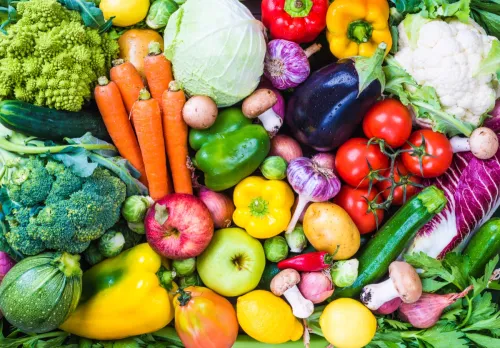
- Onions
- Garlic
- Carrots
- Celery
- Broccoli
- Cucumbers
- Asparagus
- Bell peppers
- Tomatoes
- Corn
- Lettuce
- Spinach
- Cabbage
- Apples
- Bananas
- Strawberries
- Blueberries
- Pears
- Avocados
- Potatoes
RELATED: How to Safely Store Vegetables to Keep Them Fresh and Tasty.
Look for in-season produce.
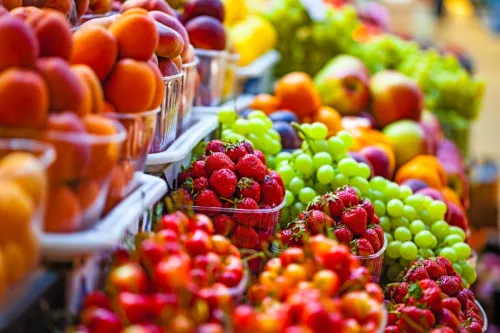
If you’re searching for the best produce prices, Musson says it’s important to shop for what is in-season at the time.
“For example, strawberries in June and July will cost about half of what they will during the winter,” she notes.
Not sure what’s in-season? The USDA has a helpful Seasonal Produce Guide that shows which fruits and vegetables are considered in-season during spring, summer, fall, and winter.
Shop at the right stores.

It’s also important to consider where you’re shopping for your produce, as some stores are known for having lower produce prices than others.
“It’s worth making another stop for lower-priced produce if you’re going to save at least $15,” Musson advises.
Remember that fresh isn’t always best.

You don’t have to necessarily buy fresh fruits and vegetables. Frozen produce isn’t just sometimes cheaper—it can also “often be just as nutritious, if not more, than their fresh versions,” according to Lisa Richards, nutritionist and creator of the Candida Diet.
When stocking up on frozen fruits and vegetables, functional medicine doctor Aaron Erez, DO, recommends “looking for options with no added sugar and buying larger bags when possible.”
RELATED: How to Safely Store Fruit to Keep It Fresh and Tasty.
2. Meat

- Chicken
- Turkey
- Beef
- Fish
- Lamb
- Pork
- Sausage
- Steak
- Shrimp
- Bacon
- Cold cuts
Opt for lesser-known cuts.
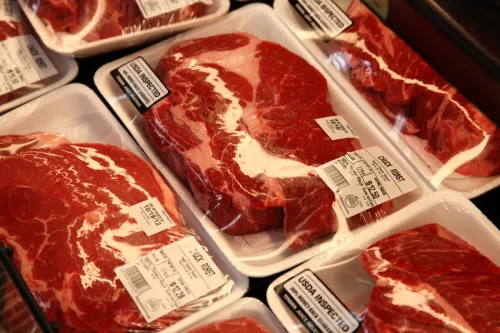
Most people go after popular meat cuts such as ribeye or sirloin because it’s all they know. But opting for lesser-known cuts can help you save money on your meat, says Gabrielle Marie Yap, senior editor and culinary entrepreneur at Carnivore Style.
This may include things like “chuck roast (priced around $6 to 8 per pound), flank steak ($7 to 9 per pound), or pork shoulder ($4 to 6 per pound),” according to Yap.
“These cuts are not only more affordable, but also packed with flavor,” she says.
Buy in bulk.
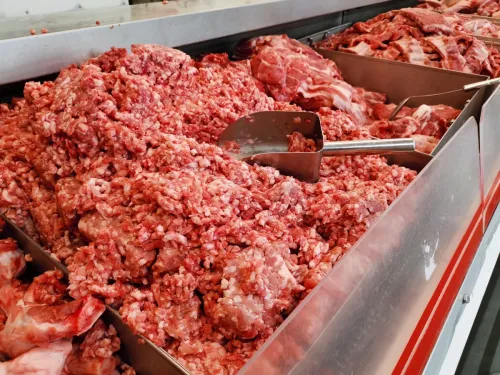
You can also see significant savings when purchasing larger quantities of meat—especially when it comes to ground meats or sausages, Yap shares.
“So, consider splitting bulk purchases with friends or family to make the most of the deal,” she suggests. “For example, purchasing a 10-pound bulk pack of ground beef ($30 to 40) can be used to make tacos, meatballs, or burgers, which can be portioned out and frozen for future meals.”
RELATED: 5 Products You Should Always Buy in Bulk, According to Retail Experts.
Consider alternative protein sources.
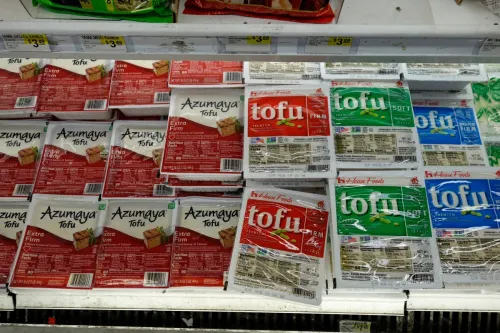
Non-traditional protein sources can reduce your meat costs as well.
“Consider things like organs and offal, which are not only budget-friendly (priced around $3 to 5 per pound) but also nutritious and versatile,” Yap says.
She continues, “Organs like liver, kidney, or tongue can be cooked in a variety of ways, while offals like tripe or oxtail can be slow-cooked to add flavor and texture to soups or stews.”
This same tip can be applied to meat substitutes like tofu or tempeh, according to Erez.
“These alternatives will sometimes provide protein at a lower cost,” he says.
Look for meat with minimal processing.
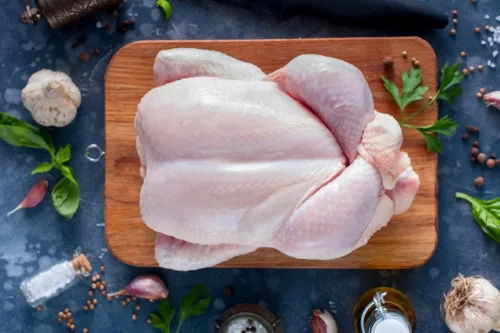
It’s usually more budget-friendly to be basic with your meat choices.
“Look for meat with minimal processing, like whole chickens ($1.50 to 2.50 per pound) or pork shoulders ($2-3 per pound), which can be broken down into smaller cuts to save money,” Yap recommends.
At the same time, you should “avoid pre-seasoned or pre-marinated meats, which often come with a higher price tag,” she cautions.
3. Dairy
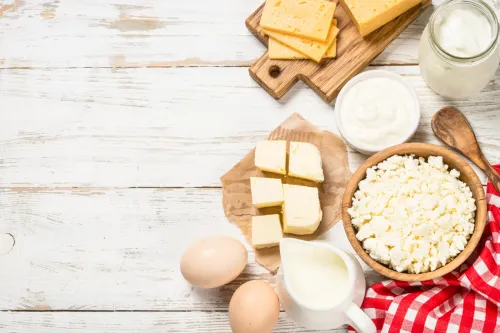
- Butter
- Cheese
- Eggs
- Milk
- Creamer
- Sour cream
- Yogurt
Stock up on store rewards.

While you can switch up what types of produce and meat you buy based on current prices, that’s not as easy to do with dairy staples. In most cases, you just have to accept the higher costs here. But that doesn’t mean you can’t save some money, and even get some items for free.
Instead, Musson advises shoppers to utilize the rewards programs that most grocery chains offer.
“Use grocery store apps to earn rewards to redeem for things like milk and eggs,” she says.
RELATED: 10 Best Rewards Programs for Free Food.
Don’t be afraid to downgrade your eggs.
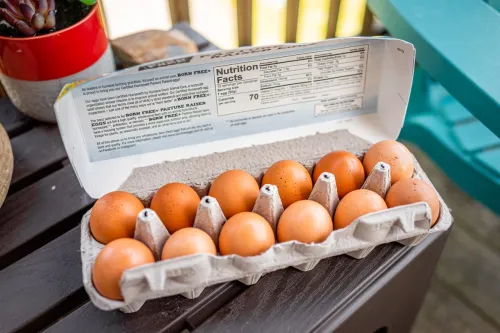
Egg prices reached a record high last year, peaking at nearly $5 per dozen in Jan. 2023, per the USDA. But looking beyond Grade AA or A egg options can help you avoid these higher costs, according to Musson.
“Some stores have Grade B eggs that are a lot cheaper,” she notes. “Typically Grade B eggs are not uniformly sized and may be oddly shaped, but they contain the same nutritional values.”
4. Breads and grains
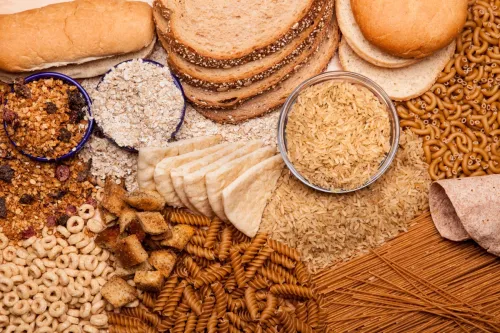
- Sliced bread
- Bagels
- Tortillas
- Rice
- Quinoa
- Cereal
- Pasta
- Oats
- Granola
Buy in bulk.
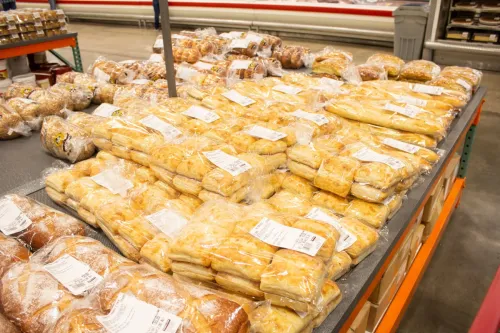
Breads are usually “significantly less expensive” at wholesale retailers like Costco than they are at typical grocery stores, Musson tells Best Life.
“The bulk sizes for buns and loaves of bread may seem overwhelming, but since the big packages are often less expensive than small packages at the grocery store, it’s worth figuring out ways to use the excess,” she explains. “For example, if you make a meal plan with hamburgers, add other meals that use buns that week, like pulled pork sandwiches and sloppy joes.”
But while buying items like rice, oats, and pasta in bulk can often be more cost-effective, don’t accept that as fact every time you shop, cautions Adam Kemp, fitness expert and nutrition educator.
“Instead, always check unit prices to ensure you’re getting the best deal,” he says.
RELATED: 7 Ways to Get Things for Free at Costco.
Look for whole-grain options.
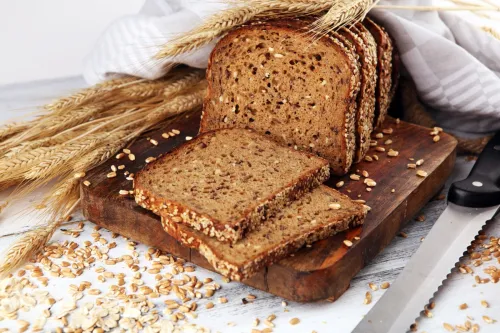
“When selecting bread, grains, and cereals, look for whole-grain options that provide more fiber and nutrients,” Kemp recommends.
Whole grain is the healthier choice, of course. But these products are also typically “filling and budget-friendly,” too, according to Erez.
In fact, “whole-grain alternatives for pasta and rice are often just as cost-effective as the more refined versions,” Richards notes.
5. Pantry
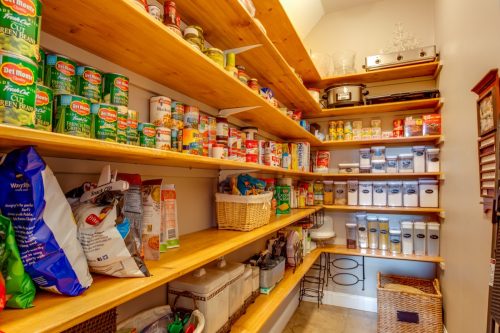
- Soup
- Broth
- Beans
- Nuts
- Seeds
- Canned milk
- Olives
- Pickles
- Sauces
- Chips
- Crackers
- Pretzels
- Cookies
- Spices
- Herbs
RELATED: 36 Pantry Staples Every Home Cook Needs.
Stock up during sales.

Many pantry items have a long shelf life, which means “they’re the perfect things to stock up on when they’re on sale,” Musson suggests.
“It’s never a good idea to buy things you don’t use just because they’re on sale, but if you regularly use diced tomatoes and tomato sauce, for example, you can safely stock up for several months during a good sale,” she notes.
Stick to store brands.
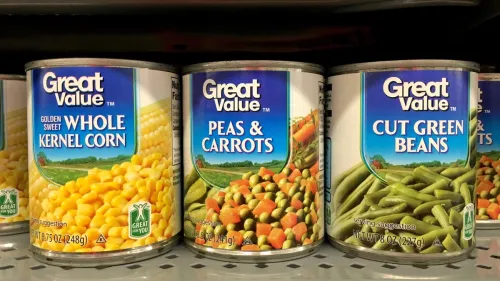
Stay away from name-brand canned goods, as these are often marked up despite having no real difference from the generic versions.
“Buying store brands can help reduce costs,” Kemp shares.
RELATED: 13 Worst Items to Store in Your Pantry.
6. Beverages and condiments

- Jam
- Peanut butter
- Syrup
- Salad dressings
- Ketchup
- Mustard
- Mayonnaise
- Juice
- Soda
- Coffee
- Tea
Compare sizes and prices.

The one thing Musson says you should always do when buying beverages and condiments is “check the price per ounce when comparing options.”
“Often, the larger bottles cost less per ounce, so it’s worth spending a little more for something that will last twice as long,” she points out.
RELATED: 14 Practical Ways to Save Money Each Month.
Don’t be afraid to consider DIY options.
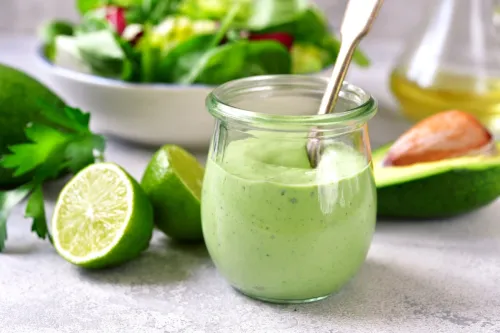
Avoiding pre-bottled options altogether can also help you save more money, according to Erez.
“For beverages, make your own coffee or iced tea at home by buying loose leaf tea or coffee beans at the store. For condiments, get ingredients to make your own hummus, guacamole, or salad dressing,” he advises. “This is usually tastier, healthier, and more affordable than store-bought options.”
- Source: USDA: Food Price Outlook, 2024
- Source: USDA: Seasonal Produce Guide
- Source: USDA: Egg Inventory, Wholesale Prices